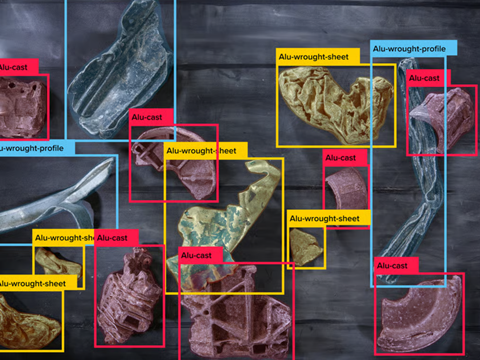
TOMRA has unveiled an AI-based technology for upgrading wrought aluminium scrap and producing high purity fractions, GAINnext, designed for use by aluminium scrap processors and recyclers.
Apparently, this development represents the first application of GAINnext in the metals industry. The new technology recovers low alloy cast from the wrought fraction and reduces alloying elements such as silicon. GAINnext complements TOMRA’s X-TRACT sorting solution which separates based on atomic density.
X-TRACT features X-ray Transmission (XRT) technology and initially sorts shredded mixed non-ferrous metals (Zorba) to produce high-purity aluminium scrap (Twitch), then removes high alloy aluminium cast and high-density wrought aluminium to further refine the Twitch. TOMRA says this process yields a high-quality fraction, containing both wrought aluminium and minor amounts of low alloy cast, which other currently available sorting methods cannot fully separate.
By integrating GAINnext into the sorting process after X-TRACT, the company says a pure wrought fraction can be achieved. Using RGB cameras GAINnext reportedly processes tens to hundreds of thousands of images per millisecond, ‘perceiving’ and ‘classifying’ materials by shape, size and dimension with exceptional accuracy.
The system aims to mimic human vision but with superior speed, facilitating high throughput sorting of up to 2,000 ejections per minute. TOMRA adds that the wrought fraction recovered by GAINnext can be further refined using its AUTOSORT PULSE system which employs laser-induced plasma spectroscopy (Dynamic LIBS) for precise identification and sorting of different alloy types.
Last October Professor Edward Kosior, founder of Nextek and NEXTLOOPP, told us about the company’s collaboration with TOMRA to use AI technology to make recycling processes more efficient. He said that by providing a sorted food-grade PP PCR stream, TOMRA’s AUTOSORT with GAINnext can accelerate the supply of food-grade rPP via the NEXTLOOPP decontamination process in recycling operations globally, without further delays associated with new label or marker requirements.
In the same month, Digimarc Corporation released its Digimarc Recycle sortation software, implementing Graphics Processing Units (GPUs) to reduce costs compared to compliant hardware and increase accessibility for recycling and waste sortation facilities worldwide. The software identifies covert digital watermarks printed onto product packaging and linked with a cloud-based repository of product attributes such as packaging composition, food or non-food grade plastic, cosmetic and hygiene-grade material, product variant, brand, and SKU.
If you liked this story, you might also enjoy:
The ultimate guide to the Packaging and Packaging Waste Regulation in 2024
How are the top brands progressing on packaging sustainability?
Sustainable Innovation Report 2024: Current trends and future priorities
Everything you need to know about global plastic sustainability regulation

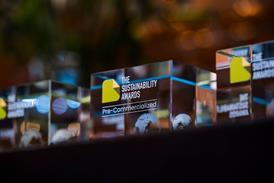
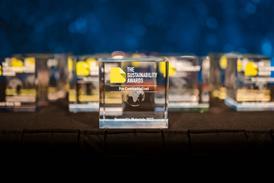
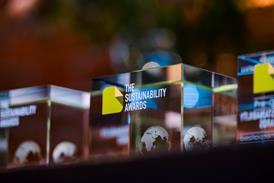
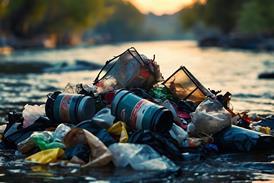
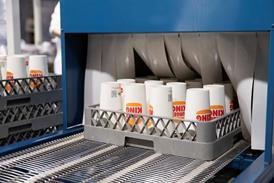












No comments yet